Potato Nematode Soil Sampling Research (Video)
How deep do potato nematodes go in the soil and how much do they move? Hans Mejia shares how the PAPAS team is finding answers and solutions for these potato grower concerns.
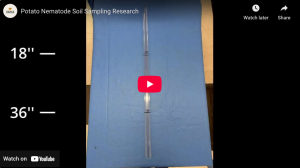
How deep do potato nematodes go in the soil and how much do they move? Hans Mejia shares how the PAPAS team is finding answers and solutions for these potato grower concerns.
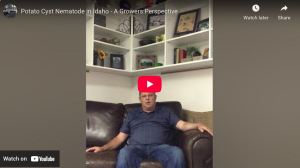
Searle Farms owner-grower Bryan Searle, (Shelley, Idaho) recounts the challenges of pale cyst nematode detection in 2006.
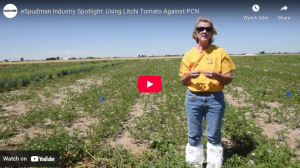
Researchers see promising results studying the efficacy of Solanum sisymbriifolium (litichi tomato or sticky nightshade) as a non-host trap crop to help eliminate pale cyst nematode in eastern Idaho.
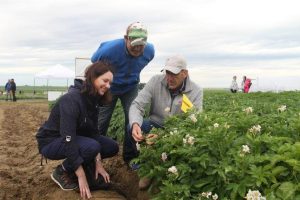
A team of scientists and researchers named Potatoes & Pests – Actionable Science Against Nematodes (PAPAS) announced today their plans to address industry-wide challenges in managing potato nematodes.
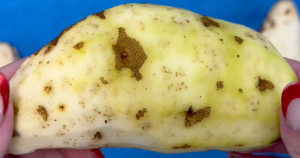
Widespread across cooler climates, northern root-knot nematode (Meloidogyne hapla) causes internal and external tuber damage that reduces potato quality.
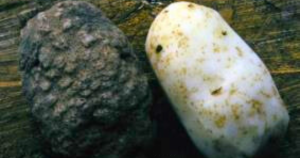
Research into breeding resistance to Columbia root-knot nematode into commercial potato varieties.
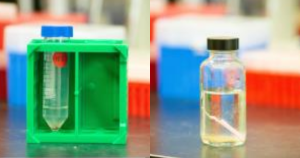
Developing molecular markers of Columbia root-knot nematode (M. Chitwoodi) aids in faster identification of the potato nematode races.
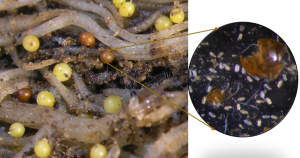
Cysts from golden nematode, a yield-reducing potato pest, can survive in the soil for decades, making eradication difficult.
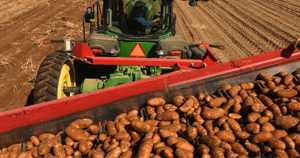
Research addressing the potential profitability of nematode resistant potato varieties.
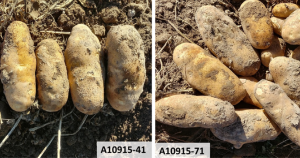
Developing potato cyst nematode resistance in widely-grown russet market class potato varieties.